Non-native plants and animals that spread rapidly and threaten existing ecosystems.
Once established, aquatic nuisance species (ANS) – also called aquatic invasive species (AIS) – are difficult to control and often impossible to eradicate because of their ability to out-compete native species for resources and their lack of natural predators. ANS can degrade water quality and habitat health, disrupt the local food web, impede recreation and cause economic impacts.
The most effective measures to control ANS are prevention, early detection, and rapid response to new invasions. Control measures for ANS include mechanical (cutting/pulling), chemical (aquatic pesticides), and biological (introduction of natural predators specific to the ANS).
Changing environmental conditions – including temperature, precipitation, nutrient availability, and CO2 concentration – play a critical role in defining a species’ geographic range.
ANS in the Northeast
A few common ANS are shown here; click on the photo to view the USGS species profile. Learn more about some of these invasive species in the article, Water Invaders: A Spotlight on Aquatic Invasive Species.
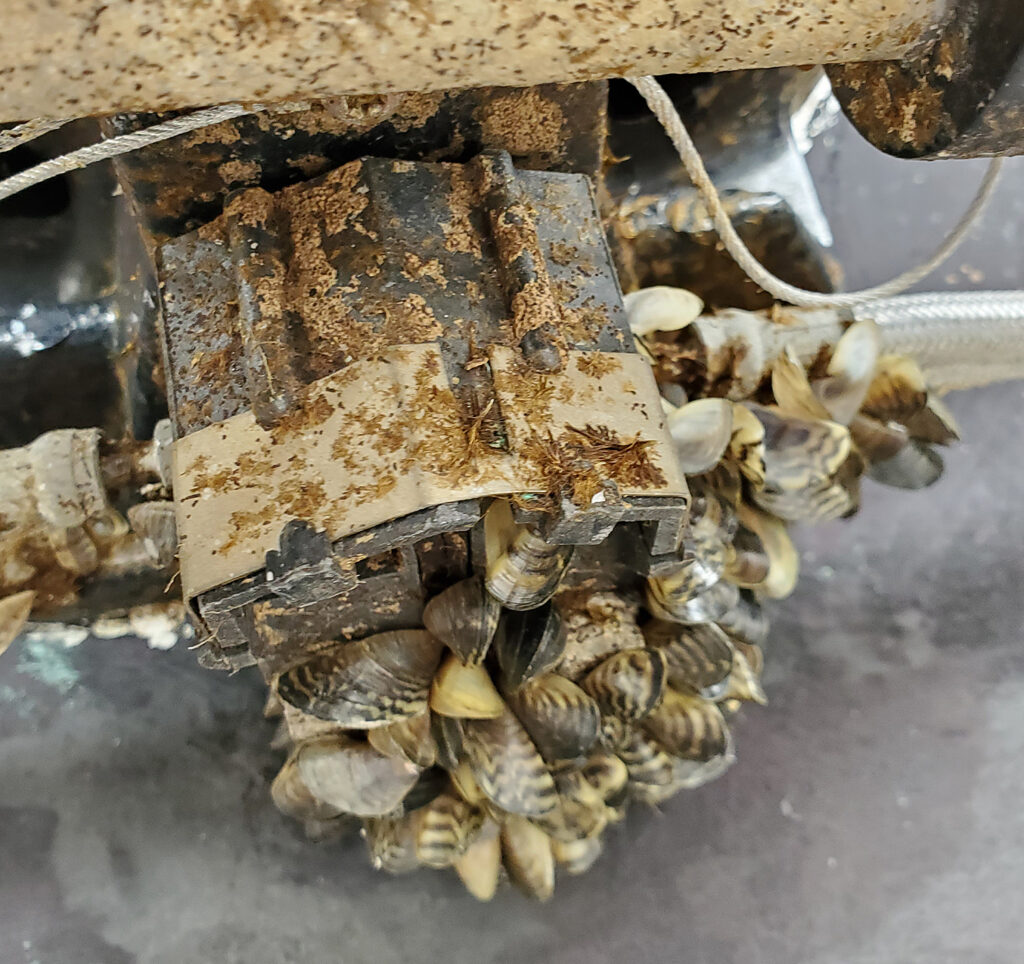
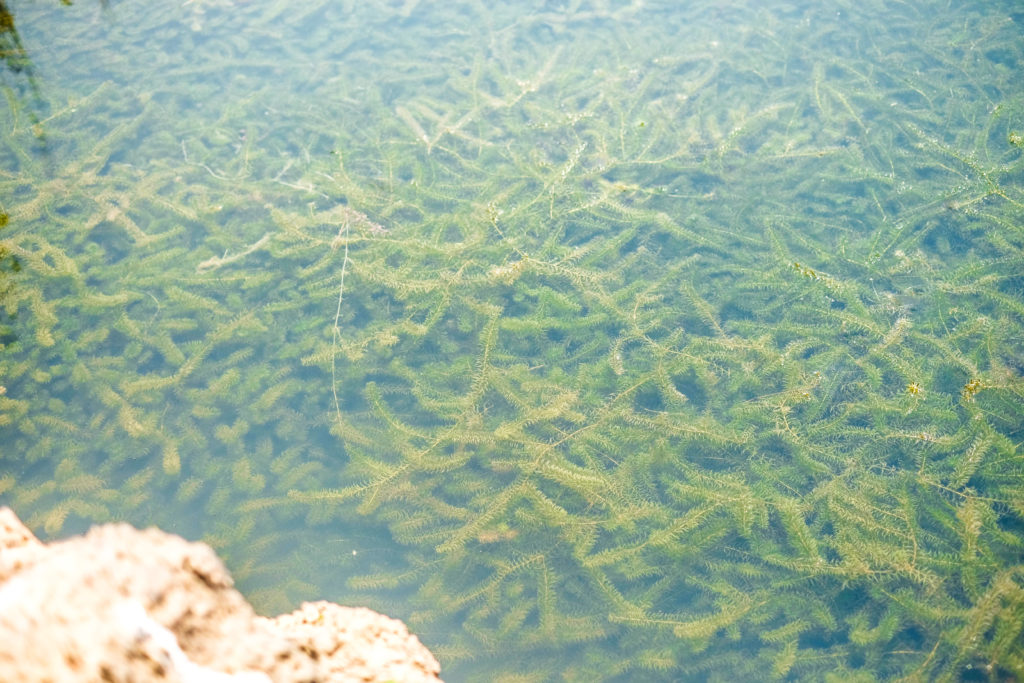

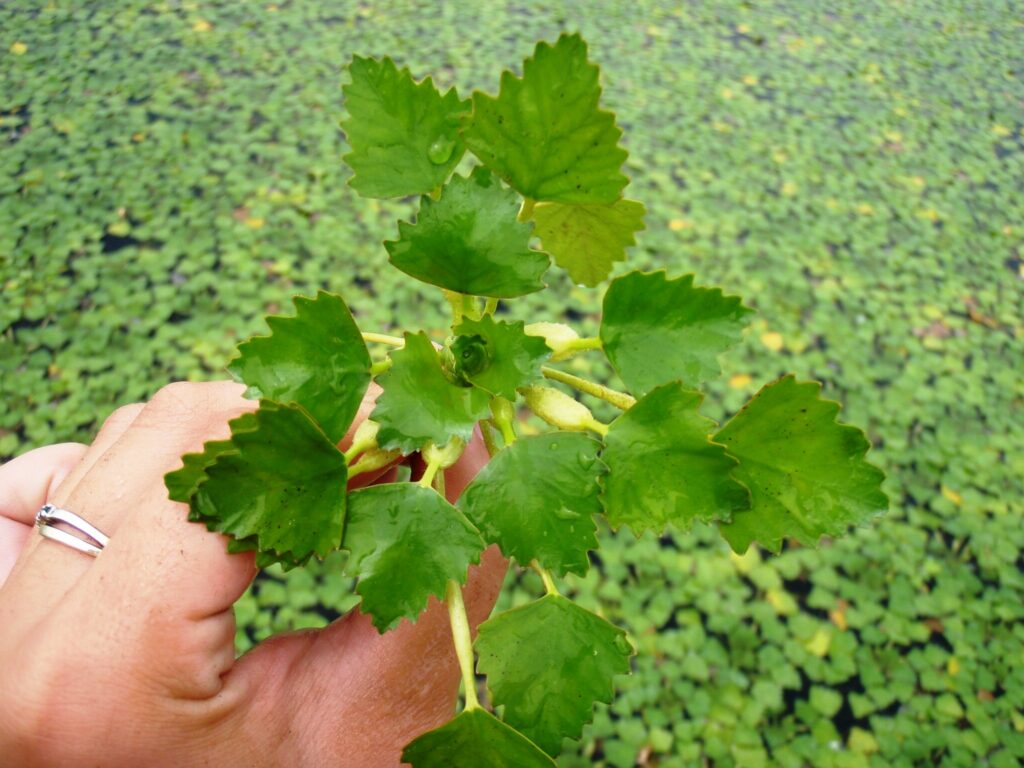
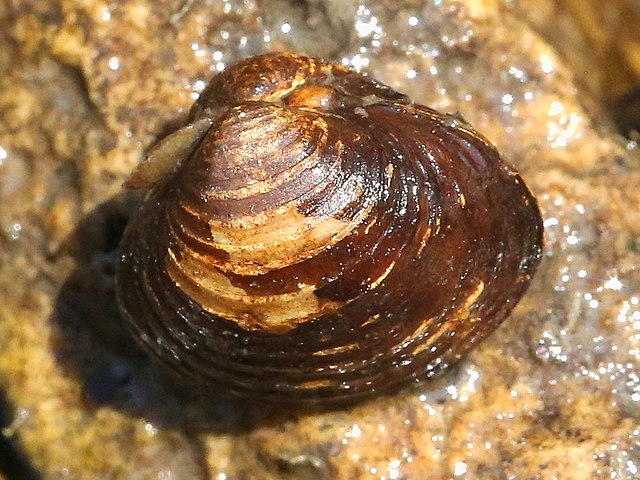
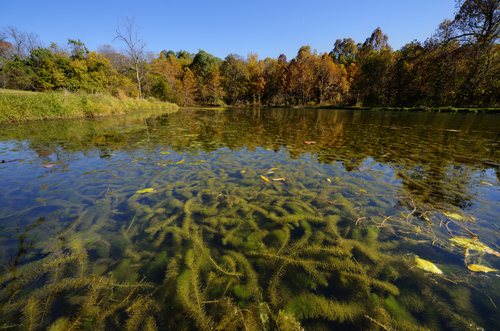
NEIWPCC’s Role
NEIWPCC staff are involved with various organizations throughout the region that manage and prevent ANS, such as the Northeast Aquatic Nuisance Species Panel, Hudson River Aquatic Invasive Species Task Force, and the Lake Champlain Basin Program (LCBP) Aquatic Nuisance Species Subcommittee and Rapid Response Workgroup. These groups work to increase the visibility of ANS problems in the Northeast and facilitate funding and grant awards for the region.
In 2023 and 2024, the Southeast New England Program awarded NEIWPCC grant funding for habitat restoration efforts in Rhode Island and Massachusetts. This collaborative project focused on water chestnut management efforts in the Blackstone and Ten Mile Watersheds. Learn more about the Community-Based Habitat Restoration project.
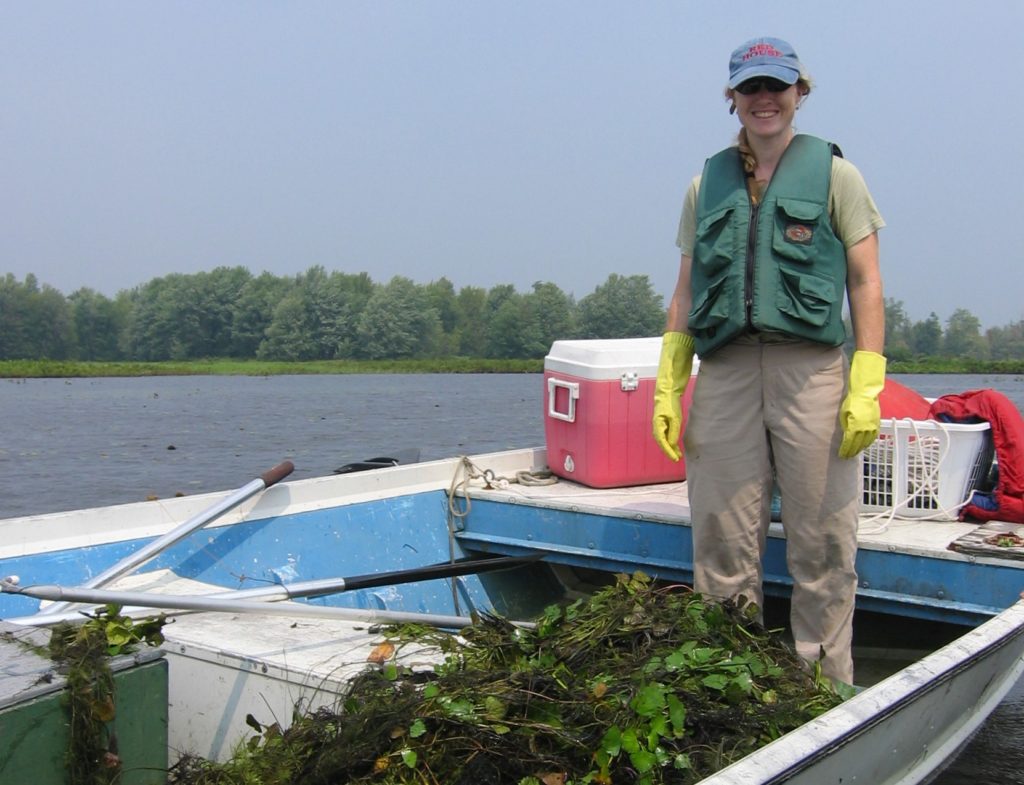
Lake Champlain
NEIWPCC hires seasonal aquatic invasive species boat launch stewards with the LCBP. Working at various public boat launches around Lake Champlain in Vermont and New York, they educate lake visitors about ANS, collect data, and inspect and decontaminate watercraft for aquatic organisms.
NEIWPCC staff at the LCBP coordinate management efforts to prevent the introduction and spread of ANS in the basin. This has included the development of a Lake Champlain Basin Aquatic Nuisance Species Rapid Response Action Plan, implementation of the Lake Champlain Basin Aquatic Nuisance Species Management Plan, and working with local and regional partners on ANS education and outreach campaigns. Staff also support efforts to prevent ANS from moving through the Champlain Canal system, and assist the Lake Champlain Zebra Mussel Monitoring Program by sampling the lake and its tributaries for juvenile mussels.
Learn more about ANS in Lake Champlain.
Additional Resources:
- Aquatic Nuisance Species Task Force (U.S. Fish and Wildlife Service)
- National Invasive Species Information Center: Aquatic Species (U.S. Dept. of Agriculture)
- National Stop Aquatic Hitchhikers Campaign
